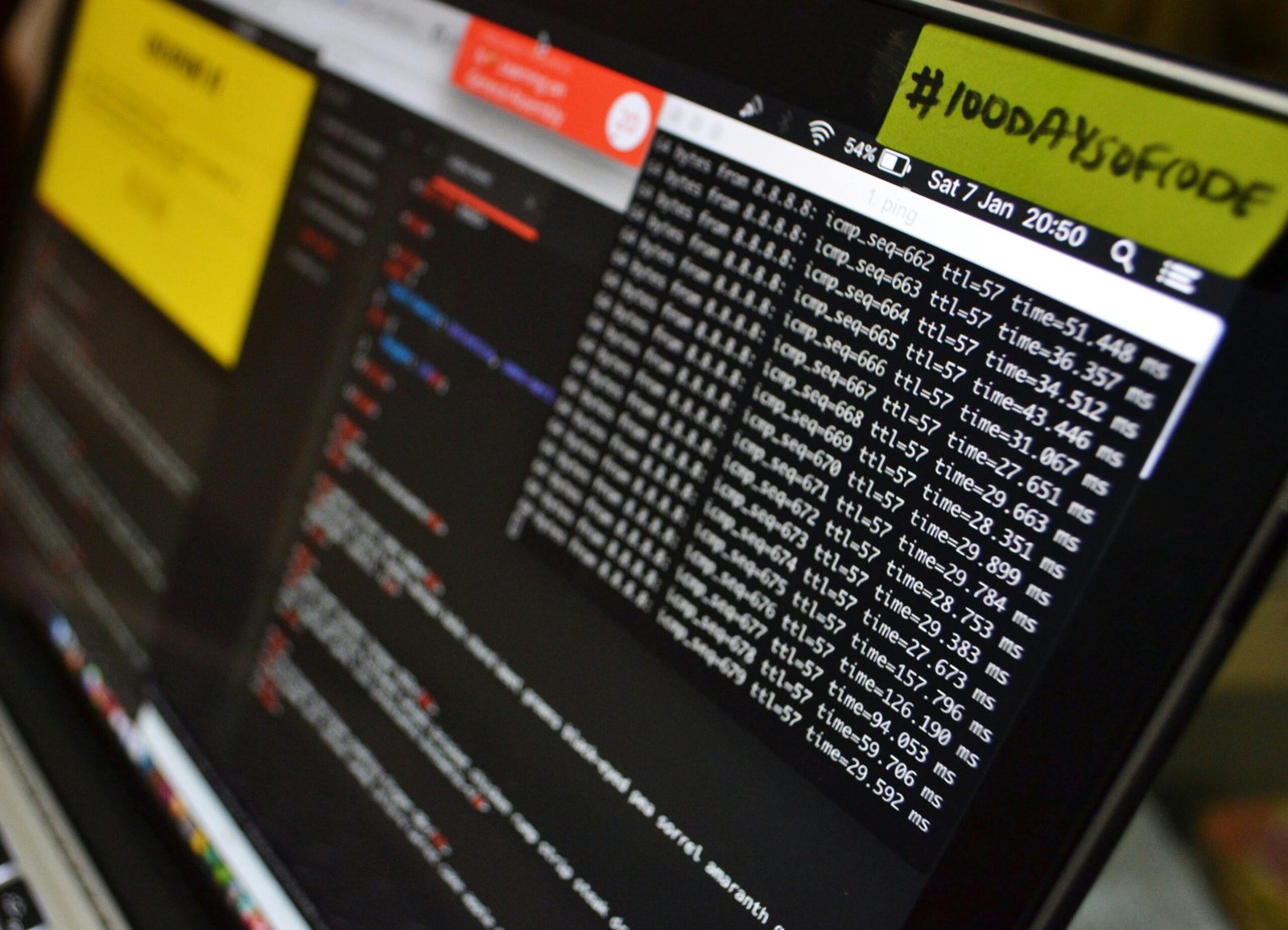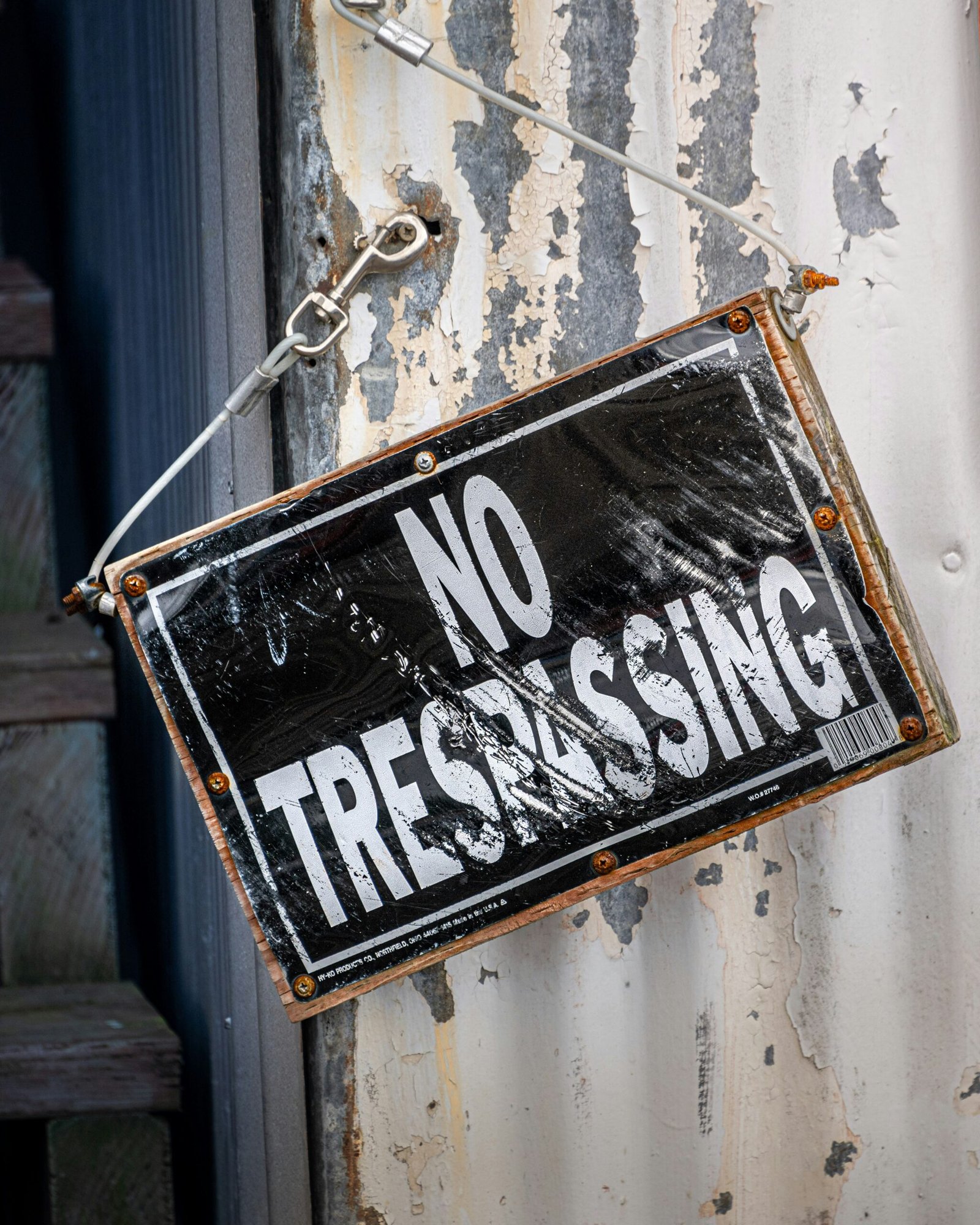TikTok Reports Cyberattack Targeting CNN and Other High-Profile Accounts

Photo by Adi Goldstein on Unsplash
Introduction to the Cyberattack
In recent news, TikTok has found itself at the center of a significant cyberattack that has targeted high-profile accounts, including that of CNN. This breach has raised alarms across the digital landscape, spotlighting the vulnerabilities prevalent in even the most robust social media platforms. The incident is particularly noteworthy given TikTok’s massive user base and its rapidly growing influence as a social media giant.
The cyberattack illustrates the increasing sophistication of cyber threats and underscores the importance of robust security measures. TikTok, with its millions of active users and vast repository of user-generated content, presents an attractive target for cybercriminals. High-profile accounts, such as those of major news organizations like CNN, offer not only the potential for significant disruption but also the opportunity to spread misinformation on a large scale.
The implications of this attack are far-reaching. For users, the breach represents a potential risk to personal data and privacy. For the platform itself, it underscores the ongoing challenge of maintaining security in an ever-evolving digital threat landscape. Additionally, the incident may erode user trust and confidence, which are critical components for the sustained growth and success of any social media platform.
As TikTok continues to navigate these challenges, it is imperative for the platform to enhance its security protocols and educate users on best practices for safeguarding their accounts. This incident serves as a stark reminder of the importance of cybersecurity and the need for continuous vigilance in protecting digital assets.
Details of the Attack
The recent cyberattack targeting CNN and other high-profile accounts on TikTok has garnered significant attention, raising concerns about the platform’s security infrastructure. The attackers employed a sophisticated phishing scheme, leveraging social engineering tactics to deceive users into relinquishing their login credentials. This breach allowed unauthorized access to several prominent accounts, including those of major news organizations and influential individuals.
The timeline of events began with the hackers sending deceptive emails and messages, designed to appear as legitimate communications from TikTok’s support team. These messages contained malicious links that redirected users to a counterfeit login page, meticulously crafted to mimic TikTok’s official interface. Once the victims entered their credentials, the hackers gained full control over their accounts. The breach was executed swiftly, exploiting both human psychology and technical vulnerabilities.
In response to the cyberattack, TikTok’s security team acted promptly to contain the damage. Immediate actions included identifying and blocking the malicious accounts responsible for the phishing attempts. TikTok also initiated a comprehensive security audit, examining the platform’s infrastructure for potential vulnerabilities that could be exploited in future attacks. Additionally, affected users were notified promptly and advised to change their passwords and enable two-factor authentication to bolster their account security.
To further mitigate the impact, TikTok collaborated with cybersecurity experts to enhance its detection mechanisms, aiming to identify and neutralize similar threats more effectively. The platform also launched an educational campaign, emphasizing the importance of cybersecurity awareness and best practices among its user base. By swiftly addressing the breach and implementing robust countermeasures, TikTok aims to restore user trust and fortify its defenses against future cyber threats.
Affected Accounts
The recent cyberattack on TikTok has brought significant attention to the vulnerability of high-profile accounts, particularly those belonging to major news outlets like CNN. The breach, which targeted a range of influential accounts, has raised numerous concerns about data security and the potential implications for the affected entities.
Among the most notable victims was CNN, whose account was compromised along with several others. The extent of the breach indicates that sensitive data, including login credentials, private communications, and potentially unpublished content, may have been accessed by the attackers. The exposure of such information carries the risk of misuse, leading to misinformation or unauthorized dissemination of confidential materials.
In a public statement, CNN acknowledged the breach and emphasized their ongoing efforts to assess the full impact and secure their account. They reassured their audience that steps are being taken to prevent further unauthorized access and to protect the integrity of their content. Other affected parties have similarly expressed their concern and commitment to enhancing their cybersecurity measures.
The cyberattack also targeted a variety of other high-profile accounts, spanning different industries and influencer profiles. This widespread breach underscores the necessity for robust security protocols across social media platforms, particularly for accounts with significant public influence.
Overall, the incident serves as a critical reminder of the persistent threats in the digital landscape and the importance of vigilance in safeguarding online assets. As investigations continue, both TikTok and the impacted accounts remain focused on identifying vulnerabilities and implementing stronger defenses to mitigate future risks.
Response from TikTok
TikTok has swiftly responded to the cyberattack that targeted CNN and other high-profile accounts, emphasizing its commitment to user security and the integrity of its platform. In an official statement from TikTok’s security team, the company acknowledged the breach and outlined the immediate steps taken to mitigate its impact. The team confirmed that its incident response protocols were activated promptly upon detecting unusual activities linked to the compromised accounts.
To secure the platform and prevent further unauthorized access, TikTok implemented several robust security measures. These include enhanced authentication processes, stricter monitoring of account activities, and temporary account freezes for affected users to prevent additional breaches. TikTok also assured users that it had deployed advanced threat detection systems and conducted comprehensive security audits to identify and rectify any vulnerabilities within its infrastructure.
In addition to internal measures, TikTok has engaged with leading cybersecurity firms to bolster its defense mechanisms against similar threats in the future. The company is collaborating closely with these experts to conduct a thorough forensic investigation, aiming to uncover the origin and methodology of the cyberattack. This partnership underscores TikTok’s dedication to leveraging specialized expertise to enhance its security architecture continually.
TikTok has also been in communication with relevant law enforcement agencies to facilitate a comprehensive investigation into the breach. By working alongside these authorities, TikTok aims to hold the perpetrators accountable and deter future cybercriminal activities targeting its platform. The company has pledged to keep its users informed about the progress of the investigation and any further actions taken to safeguard their accounts.
Overall, TikTok’s response to the cyberattack reflects its proactive approach to cybersecurity, prioritizing user safety and data protection. By combining immediate remedial actions, expert collaborations, and law enforcement support, TikTok is striving to reinforce its platform’s resilience against evolving cyber threats.
Impact on Users
The recent cyberattack on TikTok, targeting prominent accounts such as CNN, has significant implications for the platform’s extensive user base. While the primary targets were high-profile accounts, ordinary users are not immune to the broader repercussions of such security breaches. One of the most immediate concerns is data privacy. Cybercriminals often exploit vulnerabilities to access sensitive user information, which can then be used for malicious purposes. This can include personal data such as email addresses, phone numbers, and even financial information if not adequately protected.
Phishing attempts are another critical risk following a cyberattack. Hackers may use the compromised accounts or leaked information to craft convincing phishing messages that deceive users into divulging additional personal details or clicking on malicious links. These phishing schemes can lead to further security breaches, financial loss, and identity theft. As a result, users must remain vigilant, scrutinize unfamiliar communications, and avoid sharing personal information through unverified channels.
The general sense of security on TikTok has also been compromised. For many users, particularly those who are less tech-savvy, such incidents can erode trust in the platform. This erosion of trust can lead to decreased user engagement and reluctance to share content or interact with the community. Additionally, concerns about the platform’s ability to safeguard data may prompt some users to migrate to other social media platforms perceived as more secure.
In response to these risks, TikTok must take robust measures to reassure its user base. This includes enhancing security protocols, providing clear communication about the steps being taken to address vulnerabilities, and offering guidance on how users can protect themselves. By prioritizing user security and transparency, TikTok can begin to rebuild trust and ensure a safer environment for all its users.
The recent cyberattack on TikTok, which targeted high-profile accounts including those of CNN, has elicited a wide range of reactions from the tech industry, cybersecurity experts, and media organizations. This incident has once again spotlighted the vulnerabilities inherent in social media platforms and the urgent need for robust security measures.
Tech Industry Reactions
Leading figures in the tech industry have expressed concern over the breach, emphasizing the escalating sophistication of cyber threats. Industry veterans have pointed out that this attack underscores the necessity for continuous advancements in cybersecurity technologies. Organizations like the Cyber Threat Alliance have stressed the importance of adopting multi-layered security approaches to safeguard user data and account integrity.
Cybersecurity Experts’ Perspectives
Cybersecurity experts have been vocal about the implications of this attack. According to a recent statement from the Information Systems Security Association (ISSA), the breach highlights the critical need for enhanced authentication methods, such as two-factor authentication and biometric verification. Experts also recommend regular security audits and real-time monitoring to quickly identify and mitigate potential threats.
Media Organizations’ Concerns
Media organizations, particularly those affected by the attack, have echoed the call for stronger security protocols. CNN, for instance, has publicly called for an industry-wide initiative to bolster social media security measures. This sentiment is mirrored by other prominent media houses, who are advocating for stricter regulations and improved transparency from social media platforms regarding their security practices.
Overall, the cyberattack on TikTok serves as a stark reminder of the ever-present risks in the digital landscape. It has prompted a collective call to action within the industry, urging for the implementation of more stringent security measures to protect against future breaches. The consensus is clear: proactive and collaborative efforts are essential to fortify social media security and safeguard the interests of users worldwide.
Preventive Measures and Future Security Plans
In light of the recent cyberattack targeting high-profile accounts, including CNN, TikTok has announced a comprehensive plan to fortify its security measures. Recognizing the evolving nature of cyber threats, TikTok is committed to implementing advanced protocols and strategies to safeguard its users’ data and maintain the integrity of its platform.
Firstly, TikTok plans to enhance its existing security infrastructure by integrating more robust encryption technologies. This will ensure that user data is protected from unauthorized access at both storage and transmission levels. Additionally, TikTok is investing in advanced threat detection systems that leverage artificial intelligence and machine learning to identify and mitigate potential threats in real-time.
To further strengthen user security, TikTok will be rolling out multi-factor authentication (MFA) as a mandatory feature for all accounts. This step aims to add an extra layer of protection by requiring users to verify their identity through multiple methods before gaining access to their accounts. Furthermore, TikTok is also planning to introduce a security dashboard for users, enabling them to monitor and manage their account security settings more effectively.
Long-term, TikTok is committed to continuous improvement and adaptation in the face of emerging cyber threats. The platform will be conducting regular security audits and collaborating with cybersecurity experts to stay ahead of potential vulnerabilities. TikTok’s future security plans also include educational initiatives aimed at raising user awareness about best practices for online safety. By empowering users with the knowledge and tools to protect themselves, TikTok hopes to foster a more secure and resilient online community.
These preventive measures and future security plans underscore TikTok’s dedication to providing a safe and secure environment for its users. As cyber threats continue to evolve, TikTok remains vigilant and proactive in its efforts to enhance security and protect its global user base.
Conclusion
The recent cyberattack on TikTok, which targeted high-profile accounts such as CNN, underscores the growing vulnerability of digital platforms in today’s interconnected world. This incident highlights the significance of robust cybersecurity measures to protect sensitive information and maintain the integrity of social media networks. By exploiting vulnerabilities, cybercriminals can cause substantial harm, not only to individual accounts but also to the broader digital ecosystem.
In response to the breach, TikTok has taken swift and decisive action to bolster its security protocols. These measures include enhancing encryption, implementing multi-factor authentication, and conducting comprehensive security audits. Such steps aim to mitigate the risk of future attacks and ensure a safer environment for all users.
This cyberattack serves as a stark reminder of the importance of cybersecurity in the digital age. As technology advances, so too do the techniques employed by cybercriminals. Therefore, it is imperative for both individuals and organizations to stay vigilant and proactive in safeguarding their digital assets. Regularly updating passwords, being cautious of phishing attempts, and staying informed about the latest security threats are critical practices in this ongoing battle against cybercrime.
Ultimately, the TikTok cyberattack is a call to action for all stakeholders in the digital realm. It emphasizes the need for continuous investment in cybersecurity infrastructure, education, and collaboration to protect against evolving threats. By prioritizing security, we can foster a safer and more resilient digital landscape for everyone.








